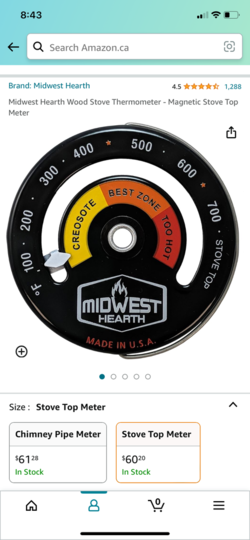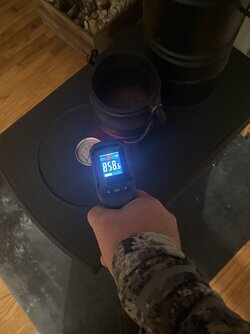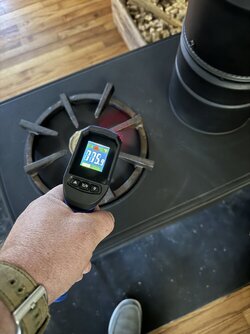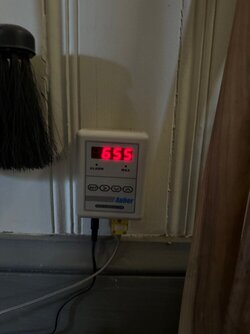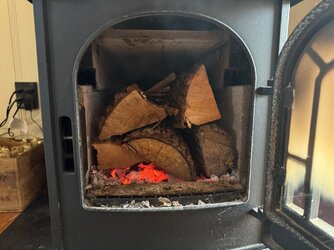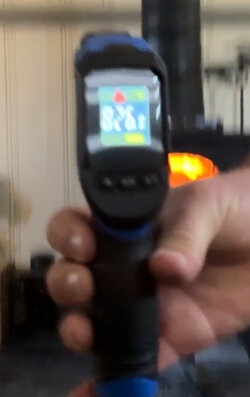Hello,
I have a wood stove in my new to me house that seems to over fire very easily even with the wood stove air damper completely shut. It is a Century Heating FW3000 wood stove with approximately 26’ of double wall flue. I am wondering if I should look at adding a flue butterfly damper to assist when over firing due to too much updraft.
Also what is the best way to reduce heat during an over fire situation? I have successfully gotten the wood stove temp back to normal operating temperatures with opening my exterior door in the room as well as the wood stove door but as of recently had a situation where that was not effective. Thanks for any advice.
I have a wood stove in my new to me house that seems to over fire very easily even with the wood stove air damper completely shut. It is a Century Heating FW3000 wood stove with approximately 26’ of double wall flue. I am wondering if I should look at adding a flue butterfly damper to assist when over firing due to too much updraft.
Also what is the best way to reduce heat during an over fire situation? I have successfully gotten the wood stove temp back to normal operating temperatures with opening my exterior door in the room as well as the wood stove door but as of recently had a situation where that was not effective. Thanks for any advice.


